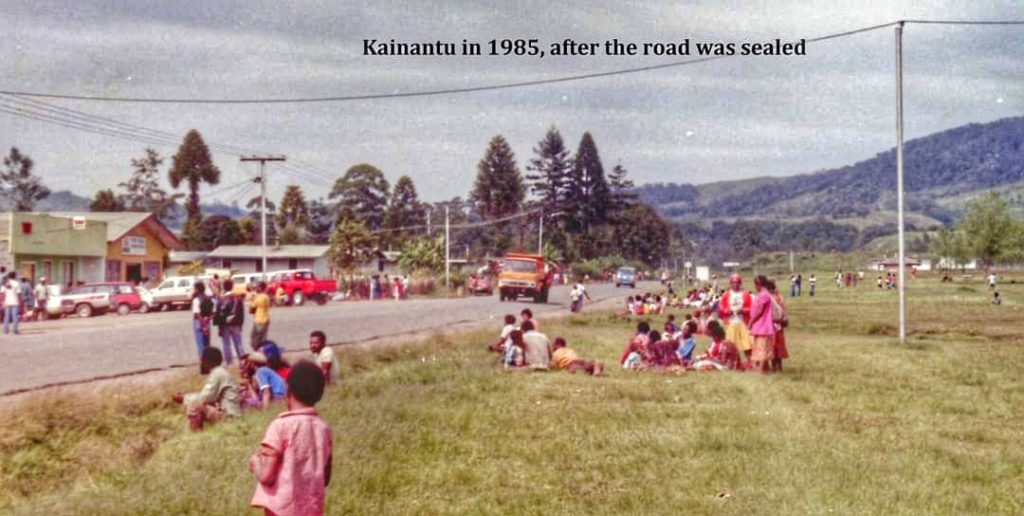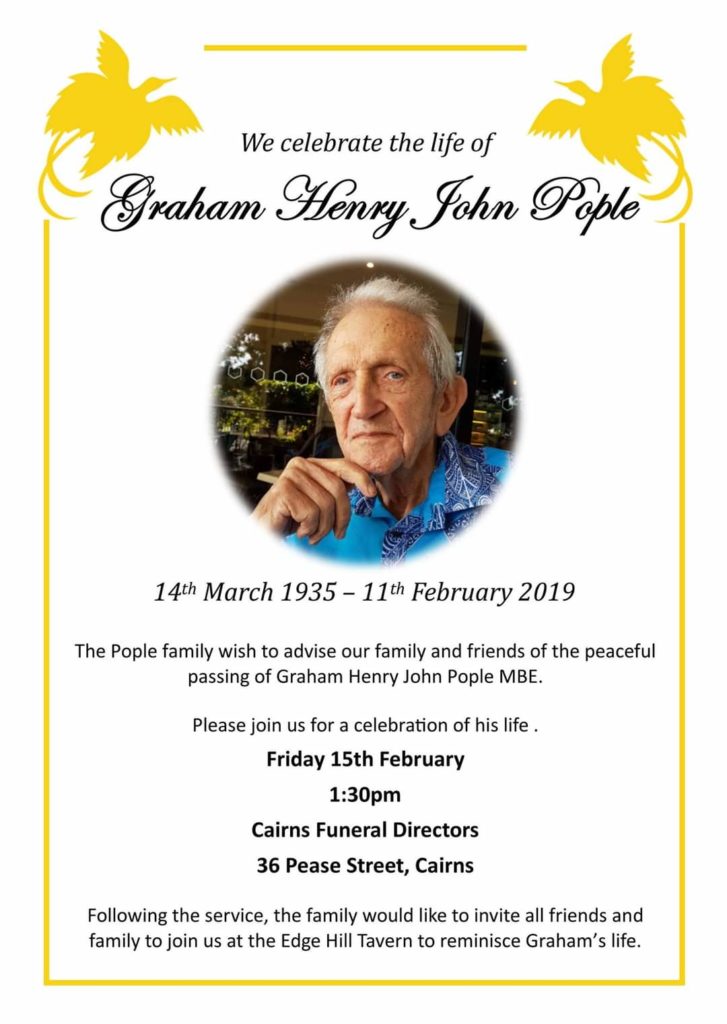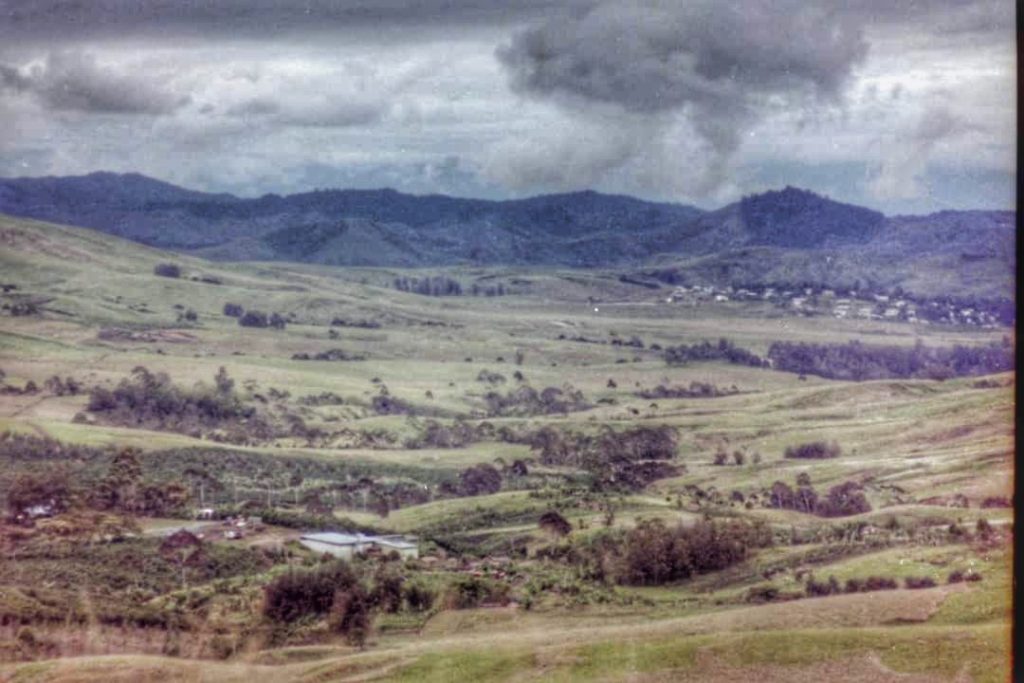by MALUM NALU
Kainantu, once upon a time in the colonial days, was known as the “Mile High Gateway to the Highlands” and was one of the prettiest towns in Papua New Guinea.

It was in the same league as Minj, Banz, Daru, Wau, Bulolo, Bogia, Samarai Island and others which were once so pretty
However, since Independence in 1975 – and more so since 1990 – Kainantu has literally fallen into a state of anarchy and disrepair.
The once-pretty town is no more and it will take a lot of hard work and soul-searching for Kainantu to regain its former glory.
Australian kiap (patrol officer) GRAHAM POPLE, who later became a citizen of Papua New Guinea, died in February 2019 aged 83.

He was Member of the First House of Assembly in 1964 for Gumine in Chimbu.
Once of his favorite places was Kainantu in the 1960s which he fondly remembers.
“Kainantu was a lovely little town in the early ‘60s and was thriving based many coffee plantations being established in the area and also of gold,” he recalls.
“Kainantu had been the centre of gold rushes in the early 1930s and Ted Ubank and Noel Stagg, two prospectors from that era, were still mining in the area.
“Ken Rehder also operated a small gold mine at Binamarien as an adjunct to his two small coffee plantations.
“The Summer Institute of Linguistics had their PNG headquarters at Ukarumpa, just over the hill from Kainantu – some five miles or so away – which was also where the Aiyura agricultural station was established.

“So there was a quite large, for a sub-district office, non-indigenous population in the area.
“Kainantu had its own airstrip, and the town had grown up around this feature, with the district office on the northern side and the hospital at the southern western end.
“There was a nine-hole golf course with a very well-frequented club house.
“A hotel sat on a knoll above the main township.
“This was managed by a Dutch couple who were very hospitable.
“The Salvation Army were active in the area also.
“Out on the road to Okapa they had a block of land on some 200 acres where they were growing potatoes commercially and where they held Bible classes.
“In Kainantu itself they had a small station where there were two nursing sisters who assisted in running the hospital, assisting the doctor and the medical assistant.
“It was a growing town and there were several commercial businesses in the town itself.
“Jan Boij and his brother Ton had a service station, which included a trade store and they later built a butcher’s shop there.
“I think, from memory, they may also have had a small bakery operating.“Jack Scurrah ran a store on behalf of Buntings, while Dick Miellear also had a store and associated businesses including trucking.
“Burns Philp also ran the main store for the township.
“The Government was well represented with the Native Affairs staff, medical staff, an agricultural officer, one or two education officers, a mechanic, a policeman, a labour officer, a district officer/clerk and probably some others who I have forgotten.
“But based on coffee, gold and government services, Kainantu was a bustling and growing township.
“The residents proudly called it ‘The Mile-High Gateway to the Highlands’ as its elevation was allegedly 5, 280 feet above sea level.
“On the road towards Goroka, the Lutheran Mission had quite a big station, named Raipinka, which they had established in the early 1930s and had developed since.”
***